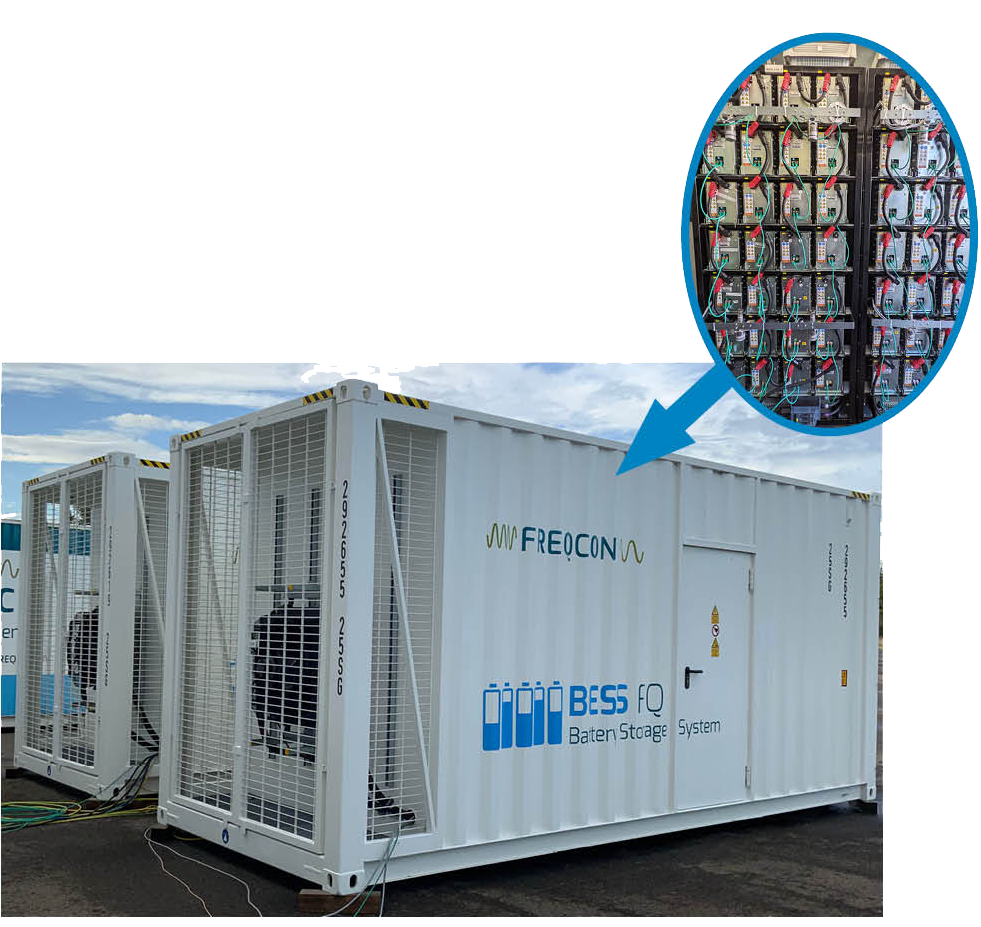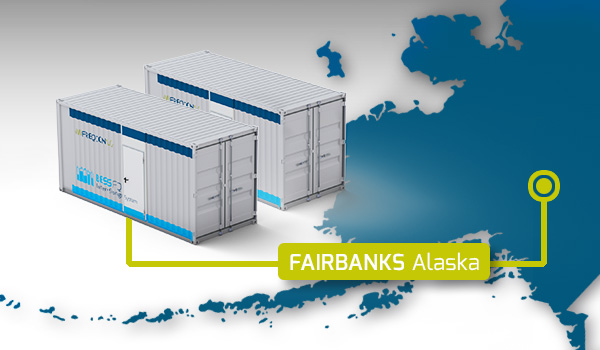Background
Over 200 remote communities in Alaska are off the road system and not connected to a power grid. They are primarily powered by diesel generators, which are costly. Adding renewable energy sources such as wind and solar can help reduce their fuel consumption as well as environmental impacts.
Remote microgrids, or the power systems in those villages, are quite small. Installing just a few wind turbines or solar arrays could displace a very large percent of their electric demand and allow for a “diesels-off,” where the diesel generators turn off for periods of time and the entire system runs on renewables. The diesels-off not only helps to achieve greater fuel savings but also reduce wear and tear on the diesel generators.
When the diesel generators are running online, they regulate the power output of renewables so that there is always just enough power to meet the demand. If there is a drop in renewable generation, the diesel generators will continue supplying the load. In order to operate in diesels-off, however, some other device will need to provide that regulation as well as backup called “spinning reserves.”
This project is a partnership between the Alaska Village Electric Cooperative (AVEC) and ACEP, where the former put forward a concept of the Grid Bridging System, which would provide regulation and spinning reserves, and the latter is refining technical specifications.
Overview
The Alaska Village Electric Cooperative provides electricity to over 50 remote communities in Alaska, including several with wind or solar power. St. Mary’s and Mountain Village are two of their communities on the Yukon River near the west coast of Alaska.
In 2018, AVEC installed a 900-kW wind turbine in St. Mary’s. They connected the two villages with an intertie in 2019, enabling them to share power. Combined, their peak electric load is 1000kW, allowing the 900-kW wind turbine to produce power greater than their electric load. This would enable diesels-off operation if there was another source of regulation and spinning reserves. AVEC identified this need and came up with the concept of a Grid Bridging System that would provide regulation and spinning reserves.
ACEP worked with AVEC to identify technical specifications for the GBS as well as ideal energy storage technologies that would fit the need.
The GBS requires a high-power capacity, the ability to supply a lot of power, but for a short period of time, a minimum of around 10 minutes. Therefore, a high-power and low-energy capacity system is needed. The team came up with three systems: 1) Ultracapacitor energy storage systems, 2) Lithium Titanium Oxide (LTO) batteries, and 3) Lithium Iron Phosphate (LFP) batteries.
Ultracapacitor energy storage systems were identified as an ideal technical fit, based on their high-power capabilities, easy maintenance, wide temperature operating range, safety, long life, easy transport and lack of hazardous materials. The ultracapacitor power to energy ratio was higher than required, however, making their power capacity oversized and resulting in high system costs.
LTO batteries were a great fit in terms of their power to energy ratio. While less so than with ultracapacitors, LTO batteries also have high cycle life and a wide operating temperature range.
LFP batteries are among the most standard battery technologies being installed today for stationary energy storage systems. They have a much lower power to energy ratio than needed, requiring their energy capacity to be oversized to get the required power capacity.
ACEP worked with AVEC to release and analyze the responses to two requests for proposals (RFP) specifying these different technologies. Despite not being the best technical fit, an LFP solution was chosen in the end due to its low cost. The high energy capacity will allow AVEC to extract extra value from the GBS by allowing it to charge when there is excess renewable generation and discharge at a later time when it is needed.
The GBS solution is provided by the inverter manufacturer FREQCON GmbH and includes their novel four-leg inverter. This inverter will allow the GBS to connect to the grid without an isolation transformer, eliminating the cost and parasitic power losses associated with transformers, which is a big advantage.

The GBS is scheduled to be delivered to ACEP’s microgrid test laboratory in the spring of 2023. It will be tested under various scenarios to make sure that it functions as intended and to provide a training opportunity for AVEC technicians.
Following testing, the GBS will arrive at the village of St. Mary’s to allow diesels-off operation, further reducing their diesel fuel consumption. AVEC and ACEP continue to analyze improvements in various energy storage technologies to identify potential candidates for future GBS installations.
This project is funded by DOE-Sandia and ARCTIC.




